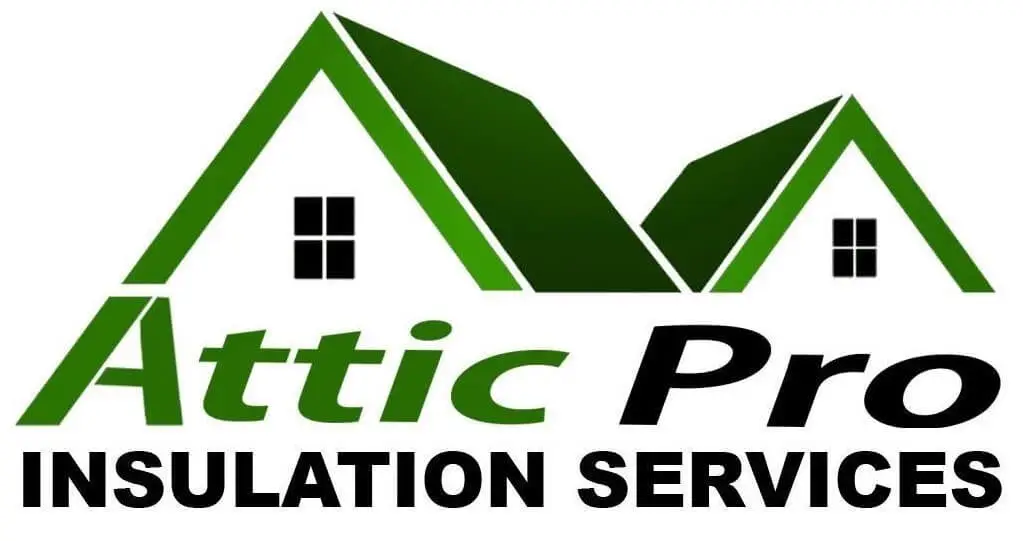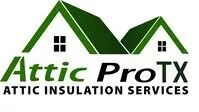Fiberglass insulation is a popular choice for many homeowners due to its affordability and effectiveness. At Attic Pro San Antonio, TX, we often get asked, “How long does fiberglass insulation last?” This comprehensive guide will address this question and provide insights into the longevity, maintenance, and benefits of fiberglass insulation.
Introduction to Fiberglass Insulation
Fiberglass insulation is made from fine glass fibers and is commonly used to insulate homes and buildings. It is effective in reducing heat transfer, maintaining indoor temperatures, and enhancing energy efficiency. Understanding the lifespan of fiberglass insulation is crucial for maintaining its effectiveness and ensuring your home remains comfortable and energy-efficient.
How Long Does Fiberglass Insulation Last?
Typical Lifespan of Fiberglass Insulation
Fiberglass insulation can last between 20 to 50 years, depending on various factors. Its durability and effectiveness largely depend on installation quality, environmental conditions, and maintenance. Properly installed and maintained fiberglass insulation can provide long-lasting benefits for your home.
Factors Affecting the Lifespan
- Installation Quality: Proper installation is key to maximizing the lifespan of fiberglass insulation. Poor installation can lead to gaps, compression, and reduced effectiveness.
- Environmental Conditions: Moisture, pests, and extreme temperatures can negatively impact the longevity of fiberglass insulation. Ensuring your home is well-sealed and protected from these elements is crucial.
- Maintenance: Regular inspections and maintenance can extend the life of your insulation. Addressing issues such as moisture buildup or pest infestations promptly will help preserve its effectiveness.
Table: Factors Influencing the Lifespan of Fiberglass Insulation
| Factor | Impact on Lifespan |
| Installation Quality | Proper installation ensures longevity |
| Environmental Conditions | Moisture and pests can reduce lifespan |
| Maintenance | Regular maintenance extends lifespan |
Signs That Your Fiberglass Insulation Needs Replacement
Decreased Energy Efficiency
If you notice a sudden increase in your energy bills, it may indicate that your fiberglass insulation is no longer effective. Over time, insulation can settle or become damaged, leading to reduced energy efficiency.
Visible Damage or Moisture
Inspect your insulation regularly for signs of damage or moisture. Wet or compressed insulation loses its effectiveness and should be replaced to maintain optimal performance.
Pest Infestation
Pests such as rodents can damage fiberglass insulation, reducing its effectiveness. Look for signs of pest infestation, such as droppings or nests, and address the issue promptly.
Uncomfortable Indoor Temperatures
If certain areas of your home are consistently too hot or too cold, it may be a sign that your insulation needs to be replaced. Properly functioning insulation should maintain a consistent indoor temperature.
Benefits of Fiberglass Insulation
Energy Efficiency
Fiberglass insulation helps reduce heat transfer, maintaining a comfortable indoor temperature and reducing energy consumption. This leads to lower utility bills and a more energy-efficient home.
Noise Reduction
Fiberglass insulation also acts as a sound barrier, reducing noise transmission between rooms and from outside. This enhances the overall comfort and privacy of your home.
Cost-Effective
Fiberglass insulation is one of the most cost-effective insulation options available. Its affordability, combined with its long lifespan, makes it a smart investment for homeowners.
Maintenance Tips for Fiberglass Insulation
Regular Inspections
Conduct regular inspections of your insulation to check for signs of damage, moisture, or pest infestation. Early detection of issues can help prevent further damage and extend the life of your insulation.
Address Moisture Issues
Moisture is one of the biggest threats to fiberglass insulation. Ensure your home is well-sealed and address any leaks or moisture issues promptly to prevent damage to your insulation.
Pest Control
Implement pest control measures to protect your insulation from damage. Seal any entry points and consider using pest repellents or professional pest control services if needed.
Professional Assessment
Consider having a professional assess your insulation periodically. Professionals can identify issues that may not be visible to the untrained eye and recommend appropriate solutions. Contact Attic pro for professional help.
FAQs
How long does fiberglass insulation last?
Fiberglass insulation can last between 20 to 50 years, depending on installation quality, environmental conditions, and maintenance.
What affects the lifespan of fiberglass insulation?
Factors such as installation quality, environmental conditions, and regular maintenance affect the lifespan of fiberglass insulation.
How can I tell if my fiberglass insulation needs replacement?
Signs that your insulation needs replacement include decreased energy efficiency, visible damage or moisture, pest infestation, and uncomfortable indoor temperatures.
How does fiberglass insulation improve energy efficiency?
Fiberglass insulation reduces heat transfer, maintaining a comfortable indoor temperature and reducing energy consumption, leading to lower utility bills.
Can pests damage fiberglass insulation?
Yes, pests such as rodents can damage fiberglass insulation, reducing its effectiveness. Implement pest control measures to protect your insulation.
What maintenance does fiberglass insulation require?
Regular inspections, addressing moisture issues, implementing pest control measures, and professional assessments are important for maintaining fiberglass insulation.
Why should I choose fiberglass insulation?
Fiberglass insulation is cost-effective, energy-efficient, and provides noise reduction, making it a smart investment for homeowners.


